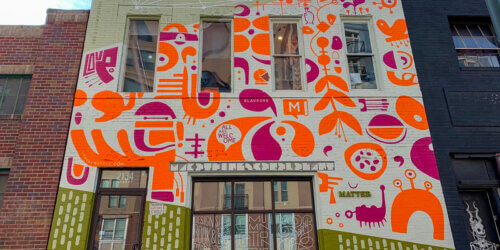Ten Years In, Arts Are The Answer
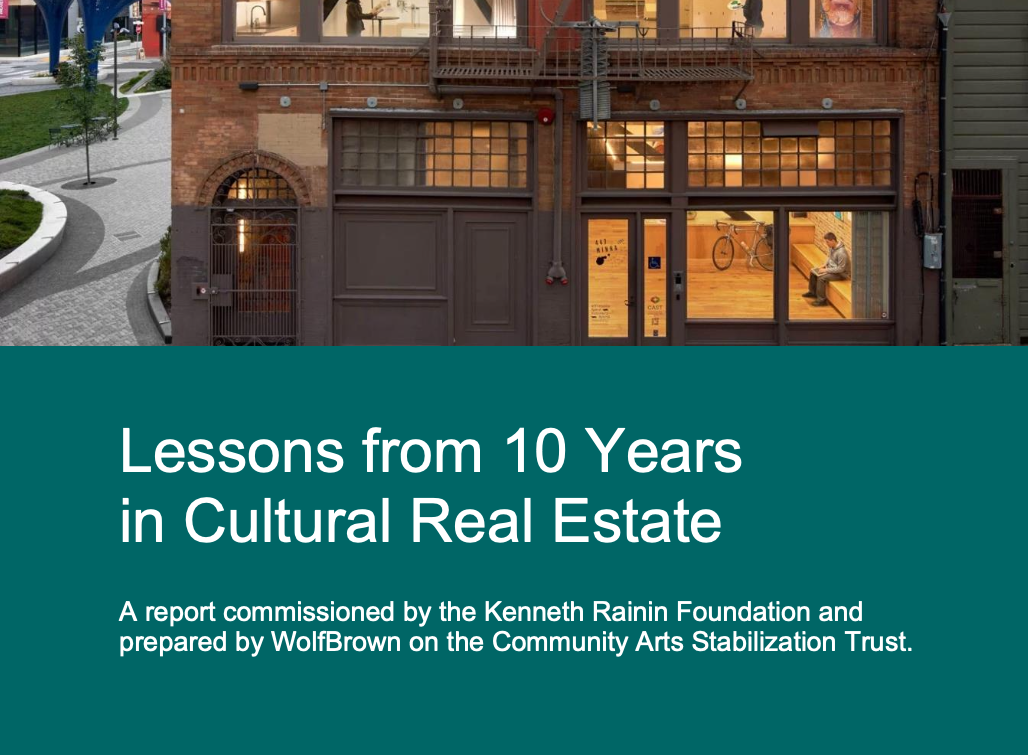
Last year, we celebrated our tenth anniversary. We are looking back on this decade of lessons learned with an eye toward the future. Commissioned by the Kenneth Rainin Foundation in 2023, WolfBrown wrote a report on CAST’s first decade of lessons learned.
This report coincided with both a transition in CAST’s leadership and a strategic planning effort that affirmed CAST’s mission and formalized a number of new priorities. At the same time, economic conditions have changed drastically, necessitating fundamental shifts in how CAST works toward our mission of long-term affordable arts space. Therefore, we are grateful for the opportunity to refresh and add color to the WolfBrown report. We’re in a new decade of work, a new decade of learning, and a fresh page for CAST, built on these lessons but also radically different.
A Tipping Point for Real Estate
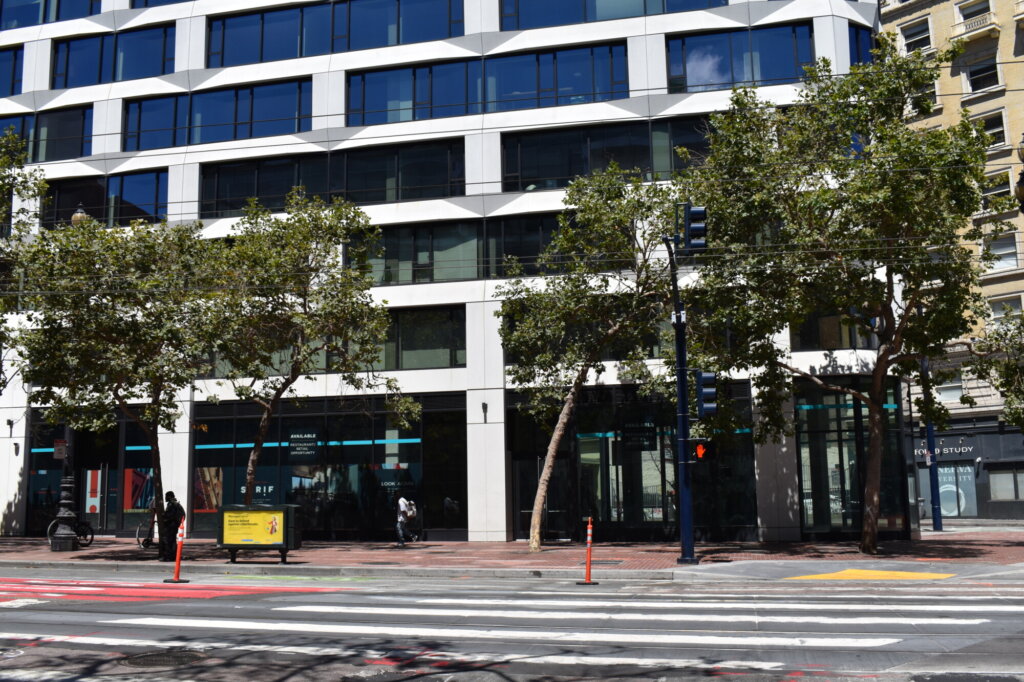
Capital is expensive right now, much more so than in 2013 when CAST was founded. Interest rates are high; borrowing is cost-prohibitive for organizations with thin operating margins and no reserves. Inflation has ballooned construction costs, making new builds more expensive than ever. Additionally, some of the traditional financing and government subsidies that we’ve relied upon in the past are no longer available. This means that financing is now more challenging, but in many ways, it’s less complex: The key is affordable capital.
At the same time, CAST currently sees a once-in-a-lifetime opportunity to upend the economics of real estate.
The Bay Area is at a turning point. The commercial real estate market is at a historic low: the office vacancy rate in San Francisco is at a record 36.6%, and massive buildings in prime downtown locations are selling at steep discounts of up to 80% of their former value.
This is an unprecedented market window, one that won’t last long. It’s a time for reimagination.
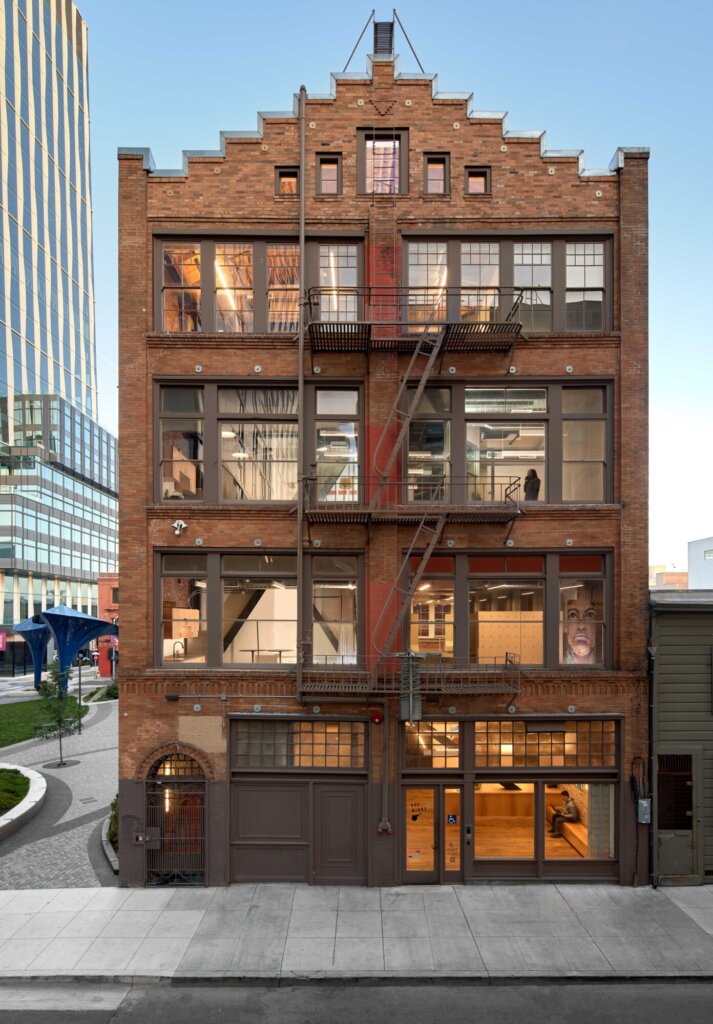
A Major Market Opportunity
We believe there is a very limited window to identify and acquire properties that will reset the floor for affordability and free philanthropic funding towards people and programs. As noted in the WolfBrown report, “[t]here is an inherent tension in CAST’s mission between the desire to give partner organizations access to space at the lowest rates possible with the need to establish a sustainable operational model…” Traditionally, affordable space has almost always required a subsidy to maintain; that is, in order to rent out a building at a rate that a small organization can afford, someone has to make up the difference, and that’s usually philanthropic funding through a foundation or grant. CAST has learned this lesson firsthand as the property manager at 447 Minna, our multi-tenant arts and cultural hub in San Francisco’s SoMa. Understanding the financial constraints of our long- and short-term tenants, CAST has committed to offering them space at a below-market rate, but as a result, we must fundraise to make up the difference ourselves.
Now, we can stop this cycle. When we can buy large buildings at such a steep discount, we can rent them at below-market rates without subsidies, freeing up those philanthropic dollars to resource artists and programming instead of rents.
It’s a win-win-win: for artists and arts organizations, for foundations and grantmakers, and for CAST’s own sustainability.
Shifting & Innovating
With the market having changed so drastically, CAST has had to make seismic shifts in how we approach our work. We project that this market window may last another year and so are rushing to capitalize to be able to pull properties off the market. In order to accomplish this, while combating skyrocketing interest rates, high construction costs, and the loss of New Markets Tax Credits (NMTC) funding, we’ve turned our attention to affordable capital. We’re building the infrastructure for investment that translates to manageable borrowing rates that hover at or near 3%.


The first investment vehicle in our Space To Dream portfolio will be a joint effort with a regional community bank called the Creative Cities Fund. The Creative Cities Fund is a strategic vehicle that allows depositors to play a part in the future of arts in our cities. The Creative Cities Fund addresses the root of artist displacement by raising affordable capital to finance spaces for artists and arts organizations by using low-cost deposit accounts to fund and provide collateral for CAST loans to purchase properties.
This program allows the interest earned on bank deposits to subsidize loans to nonprofit arts organizations to quickly purchase office buildings. Deposits can be used in the form of collateral or to provide a low-cost source of funds to earn a rate concession for the borrower. Anyone interested in making a deposit can earmark their deposits for the Creative Cities Fund by way of opening an account with our bank partner. These accounts create a pool of depositors that have indicated their interest in using their deposits to support CAST’s ability to facilitate loans to specified CAST Creative Cities Fund projects.
For more details about our Creative Cities Fund, contact our real estate team here and subscribe to our newsletter for more updates on this initiative later this Fall. We hope you will spread the news.
Piecing the Puzzle Together
Our focus on scale–large, existing properties–means that we’re making an inherent shift to multi-tenant buildings, property management and asset management. Available properties are filled with possibilities for individual art studios, live/work space, and affordable artist housing. We anticipate these benefits reaching beyond the arts sector and imagine extending space to small businesses, community banks, policy and movement organizations, and workforce development partners, all of whom have also struggled to find sustainably affordable spaces.
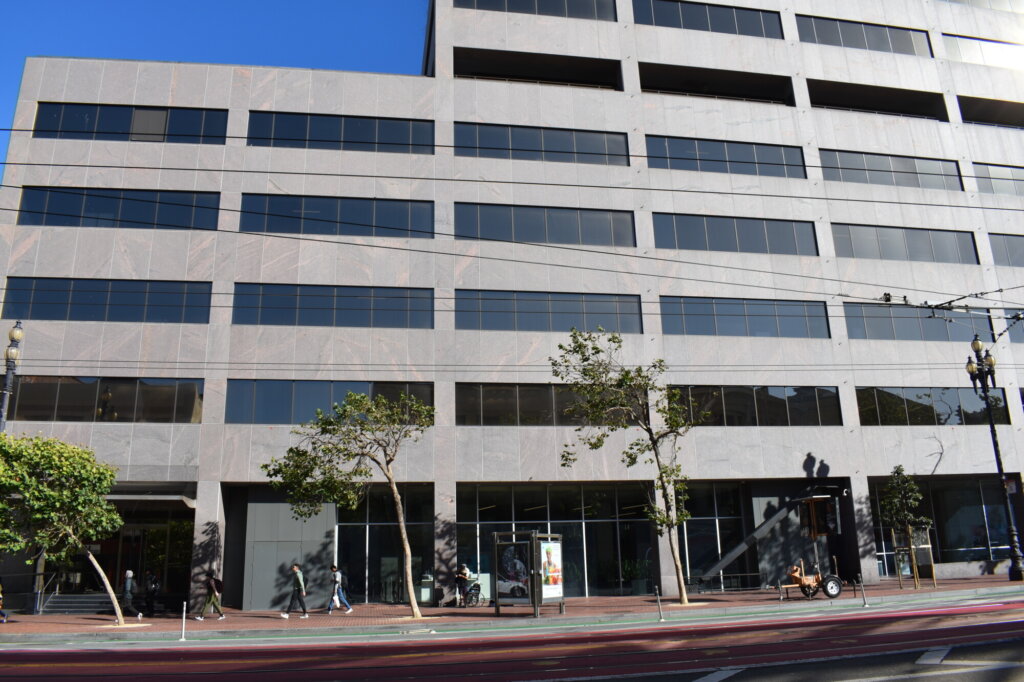
With the exorbitant costs of new construction, CAST is focused on conversion of existing spaces. With the first step of acquiring buildings that can be converted, we are concurrently working on new systems, policy and collaborations to problem-solve persistent challenges.
Artist classification is an example of this. Privately funded affordable housing does not scale and without establishing artists as a special class, it is not possible to leverage public dollars to finance affordable artist housing. This is a solvable challenge and we look forward to sharing more on these efforts soon.
Embracing Change
This is a new chapter for CAST, but change is constant, and we’re a small boat in a large sea of forces larger than any single organization. We’re condensing ten years of learning into a brief moment, drawing on those ten years to shape new strategies and solutions, knowing that we’ll have to adjust as we go. Having just completed a three-year strategic plan, we’re well aware that we’ll need to revisit it in many ways.
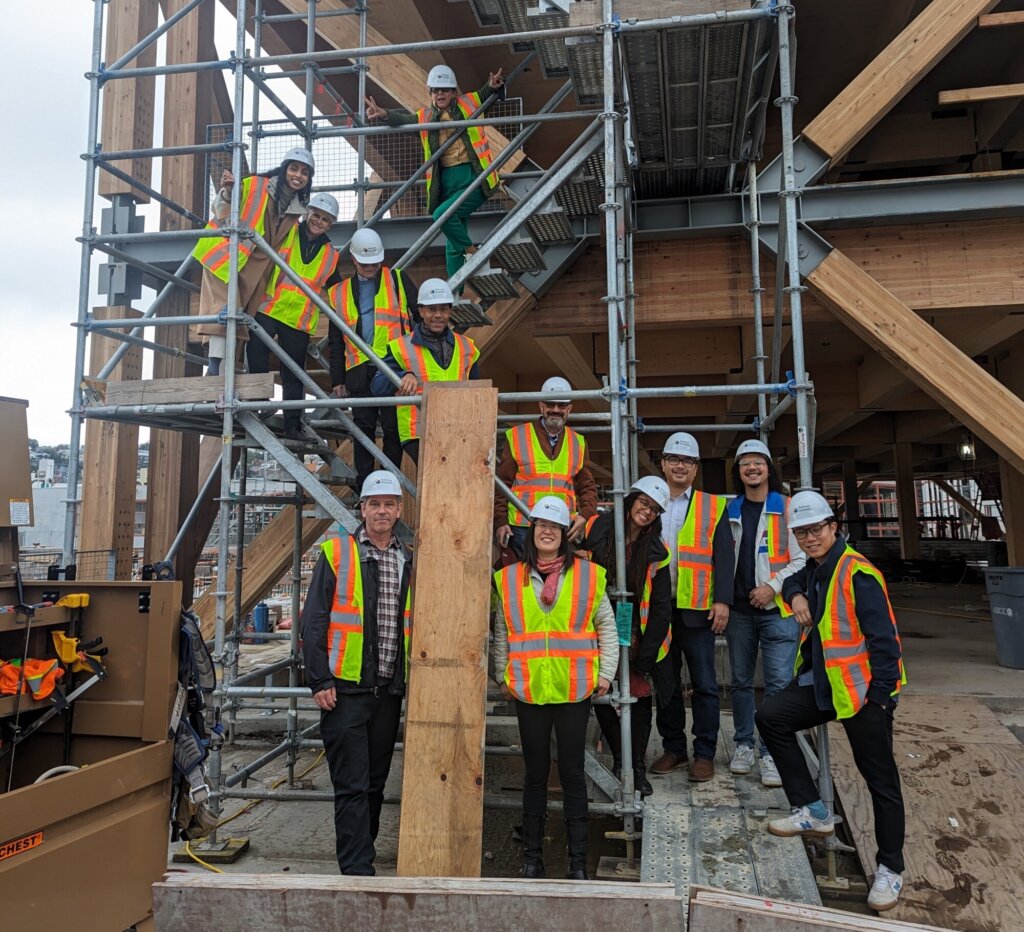
This is the challenge of mission-driven organizations that emerge in moments of crisis and opportunity. CAST was founded for moments like this.
It’s at a scale that we could never have anticipated, and we’re significantly undercapitalized. But we cannot justify sitting this moment out.




